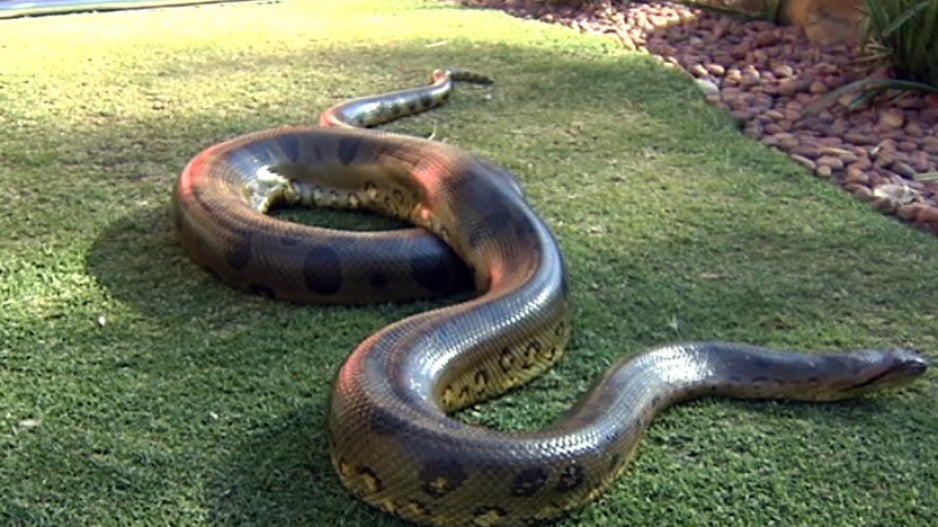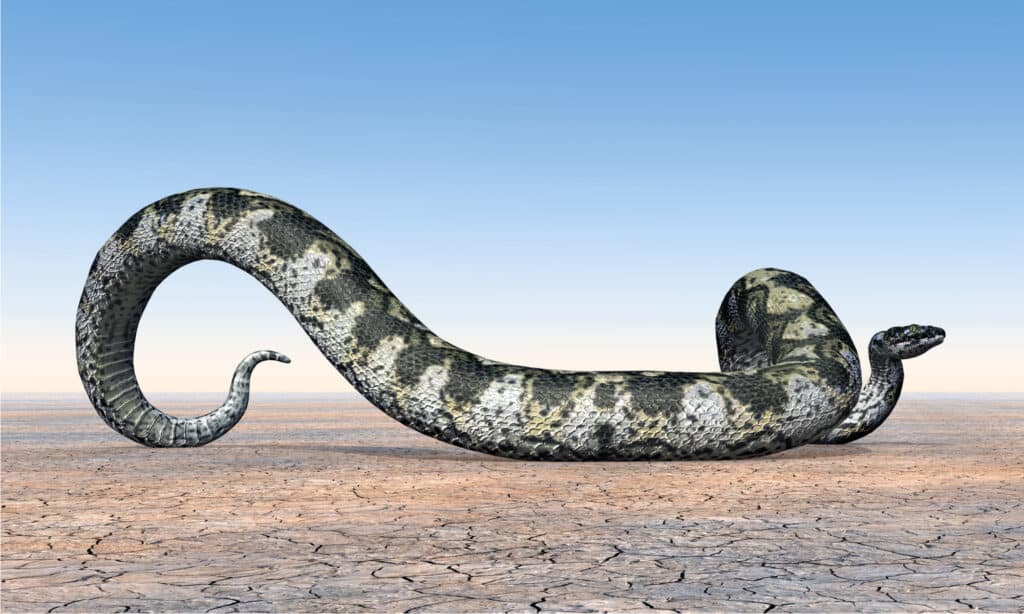Snakes are stretched, legless reptiles that belong to the suborder Serpents. They are found on every continent except Antarctica and range in size from tiny thread snakes, which are only a few inches long, to the anaconda, which can reach lengths of over 30 feet.
Snakes have a unique body structure, with long and slender bodies covered in scales. They move by contracting their muscles in a serpentine motion, and their lack of limbs allows them to slither through tight spaces and climb trees.
Most snakes are carnivorous and feed on a variety of prey, including rodents, birds, fish, and other reptiles. Some snakes are venomous and use their venom to immobilize or kill their prey, while others are non-venomous and rely on constriction to subdue their prey.
- Slithering Serpents
Snakes are fascinating creatures with a rich history and unique adaptations that allow them to thrive in various environments.
There are over 3,000 known species of snakes, ranging from tiny thread snakes to massive anacondas. They can be found on every continent except Antarctica, and inhabit a wide range of habitats including deserts, forests, grasslands, and even water.
Snakes also have a unique way of sensing their environment. They do not have ears but can detect vibrations in the ground through their jawbone, which allows them to sense the movement of their prey. Overall, the world of snakes is full of fascinating adaptations and behaviours that make them a truly unique and important part of the natural world.
- Surviving With Deadly Beauty
Let us take a tour and then learn about the 5 Biggest Snakes in the World.

- The Green Anaconda
The green anaconda, also referred as the common anaconda or water boa, is a species of large and one with adult females reaching lengths of up to 30 feet (9 meters) and weighing up to 550 pounds (250 kilograms), although males are generally smaller, reaching lengths of up to 20 feet (6 meters) and weighing up to 165 pounds (75 kilograms).
Green anacondas are primarily aquatic, living in swamps, marshes, and slow-moving rivers, and are excellent swimmers, using their powerful muscles to propel themselves through the water. They are also capable of spending extended periods of time underwater, thanks to their ability to slow down their metabolism.

- Reticulated Python
The reticulated python is one of the heaviest, with the largest individuals measuring over 30 feet (9 meters) in length and weighing up to 350 pounds (160 kilograms).
The reticulated python is named for the distinctive, net-like pattern of its scales. It is a highly adaptable species, capable of living in a wide range of habitats, from rainforests and swamps to agricultural land and even urban areas.

- Burmese Python
The Burmese python is a large species of python native to Southeast Asia. It is one of the largest snakes in the world, with adult females reaching lengths of up to 23 feet (7 meters) and weighing up to 200 pounds (90 kilograms).
Burmese pythons are named for their native range in Myanmar (formerly Burma), although they are also found in other parts of Southeast Asia. They are adaptable to a range of habitats, including forests, grasslands, and swamps.

- King Cobra
The king cobra can reach lengths of up to 18 feet (5.5 meters) and is known for its distinctive hood, which it can flare out when threatened.
King cobras are set up in a variety of habitats, including forests, grasslands, and agricultural areas. They are opportunistic and affluent, feeding on a variety of prey, including rodents, birds, and other snakes.
The venom of the king cobra is highly toxic and can cause respiratory failure, paralysis, and death. However, king cobras are not generally aggressive towards humans and will usually only attack if threatened or provoked

- The Black Mamba
The black mamba is a largely venomous snake native to sub-Saharan Africa. It is one of the fastest and deadliest snakes in the world, capable of moving at speeds of up to 12 miles (20 kilometres) per hour and delivering a potent neurotoxic venom that can cause respiratory failure and death within hours.
Black mambas are found in a range of habitats, including savannahs, rocky hills, and dense forests. They are solitary and generally avoid human contact, but will aggressively defend themselves if threatened or cornered.
Despite their name, black mambas are not actually black but are usually brown or grey in colour. They can grow to lengths of up to 14 feet (4.3 meters), although most individuals are smaller.
- The Deadly Beauty
Snakes are fascinating and complex creatures that have evolved over millions of years. Here are some key things to understand about snakes:-
- Behaviour
Snakes have a wide range of behaviours, depending on their species and habitat. They can be solitary or social, diurnal or nocturnal, and some species are venomous while others are not. Snakes also use a variety of communication methods, such as scent marking, visual displays, and vocalizations.
- Habitat
Snakes are found all over the world, from deserts and grasslands to forests and swamps. Some species are aquatic, while others live in trees or underground burrows..
- Diet
Snakes are rapacious and eat a variety of prey, including rodents, birds, fish, and other snakes. Some species have evolved specialized feeding behaviours, such as constricting their prey or injecting venom.
- Importance to ecosystems
Snakes play a critical role in many ecosystems, as both predators and prey. They help to control populations of rodents and other small animals, and they are an important food source for larger predators.
- Conservation
Many snake species are threatened by habitat loss, climate change, and over-harvesting for the pet trade or traditional medicine. Conservation efforts are needed to protect these animals and their habitats.
Overall, snakes are fascinating creatures with a wide range of adaptations and behaviours. Understanding their biology and behaviour can help us appreciate these animals and the important role they play in our ecosystems.







